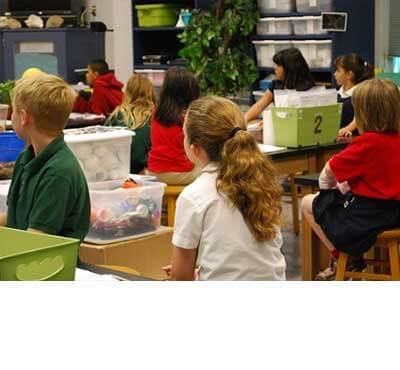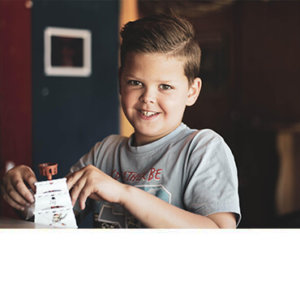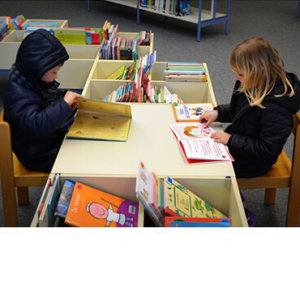- 1.1 Examine teacher attitudes, beliefs, and values that affect students’ learning.
- 1.2 Analyze strategies for creating a safe and secure classroom environment.
- 1.3 Describe ways to set a positive tone at the beginning of the school year.
Classroom Management
This course introduces the essential components of classroom management. It examines teacher attitudes and beliefs and discusses how to create a safe and positive classroom environment. Practices for effective teaching and learning are presented as well as planning curriculum and instruction to meet diverse learner needs. Approaches to discipline and behavior management are reviewed, along with strategies for resolving conflicts and dealing with bullying. Also included are strategies for working with parents/families, community, and colleagues and ideas for staying renewed and avoiding teacher burnout.
Learning Objectives/
- 2.1 Apply strategies for developing positive relationships with and among students.
- 2.2 Apply strategies for fostering positive relationships with families.
- 3.1 Explain how brain development and function affect students’ learning.
- 3.2 Apply theories of motivation and learning to create effective learning environments.
- 3.3 Analyze learning models that address individual differences to maximize students’ learning.
- 4.1 Analyze models of curriculum and assessment.
- 4.2 Plan instructional units and lessons.
- 4.3 Apply strategies for integrating technology in classroom instruction.
- 5.1 Apply strategies for designing the physical layout of the classroom.
- 5.2 Apply strategies for organizing materials and equipment.
- 5.3 Apply strategies for creating daily and weekly schedules and classroom routines.
- 6.1 Explain the importance of setting clear expectations for learning and behavior.
- 6.2 Apply strategies for determining classroom rules and procedures.
- 6.3 Apply strategies for teaching classroom rules and procedures.
- 7.1 Analyze proactive strategies for preventing student misbehavior.
- 7.2 Apply strategies for redirecting students toward positive behavior.
- 7.3 Analyze strategies for determining and implementing consequences for inappropriate behavior.
- 8.1 Explain the importance of conflict in students’ social and emotional development.
- 8.2 Apply strategies for helping students resolve conflicts.
- 8.3 Examine approaches to preventing and responding to bullying.
- 9.1 Describe practices for enlisting support from families and community.
- 9.2 Analyze strategies for collaborating with special educators and other teaching professionals.
- 9.3 Examine strategies for managing paraprofessionals.
- 10.1 Examine strategies for adapting to unexpected changes that affect the classroom.
- 10.2 Describe strategies for maintaining focus on mission and goals.
- 10.3 Apply strategies for maintaining balance between professional and personal life.








There are no reviews yet.